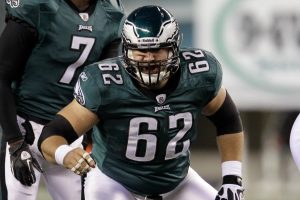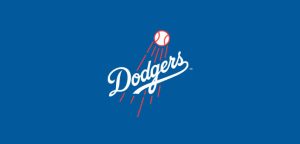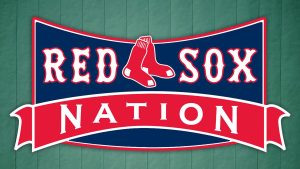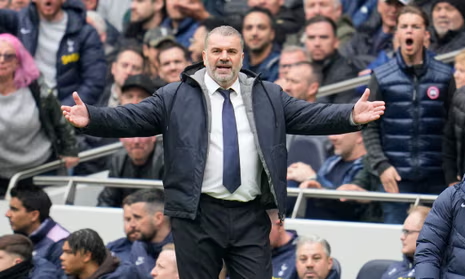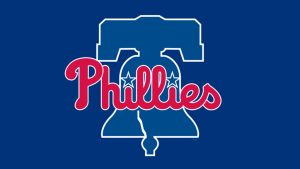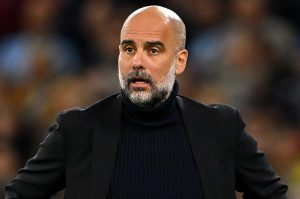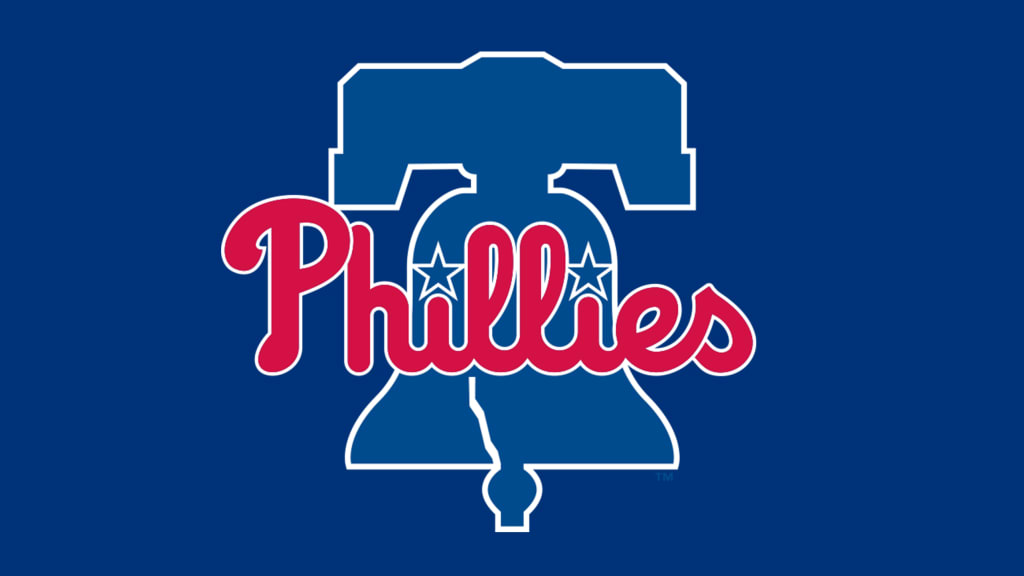
Remembering Pete Rose the player: Charlie Hustle to the end
When I first started watching baseball, Pete Rose was the biggest name in the sport, so popular that fans of opposing teams loved him, so admired among sportswriters that they couldn’t constrain their prose, so likeable that he did ads for Jockey underwear and Aqua Velva and Swanson’s Hungry Man Dinners and Zenith televisions.
The great Los Angeles Times columnist Jim Murray dedicated an entire chapter in his autobiography, published in 1993, to Rose. “He was what the game meant to be — or how we perceived it be,” Murray wrote. “Rose was a ballplayer right off the Saturday Evening Post cover. Norman Rockwell invented him. Pete was as uncomplicated as a summer day, as instinctive as a hound dog. He was born to hunt, or, in his case, play baseball. He never wanted to do anything else. He never could do anything else.”

For a while, that was the story. Nobody played harder. Nobody got more out of his limited ability. During the middle of the epic Game 6 of the 1975 World Series between Rose’s Cincinnati Reds and the Boston Red Sox, Rose supposedly turned to Red Sox first baseman Carl Yastrzemski and said, “Isn’t this just great?! Aren’t we lucky?! Can you think of anything you’d rather be doing?!” Or maybe he said it to Red Sox catcher Carlton Fisk. Or maybe he said it to manager Sparky Anderson after the game, even though Cincinnati had just lost in 12 innings.
The details aren’t important. The point was nobody loved baseball more than Pete Rose. He turned that hustle and that desire and that love into a 24-year career, knocking out more base hits than any player in MLB history — 4,256 of them, breaking Ty Cobb’s record.

Everything that came after — well, it’s all there. The betting on baseball, the denials, the banishment, the unending Hall of Fame debates. All ugly, none of it fun, all things Rose brought upon himself.
Pete Rose the player, however, is a fascinating study. Along the way, he was underrated and overrated and then underrated again.
A local kid from Cincinnati, the Reds signed Rose in 1960 (before the draft began in 1965). An early scouting report read: “Can’t run, hit, throw or field. All Rose can do is hustle.” That was a little unfair, because he could clearly hit some: .331 at Class D Tampa in 1961 (where he also hit 30 triples, so maybe he could run a little as well); .330 at Class A Macon in 1962; .273 as a rookie with the Reds in 1963, winning Rookie of the Year honors.
The hustle description, though, was apt. Mickey Mantle supposedly gave Rose his famous “Charlie Hustle” nickname after watching the youngster in a spring training game, probably after seeing Rose sprint to first base following a walk. He did not mean it as a compliment.

But I’m not quite sure when that became the nickname. A headline from a Sports Illustrated story in 1965 refers to Rose as “Joe Hustle,” a nickname from his minor league days. It doesn’t have the same ring to it. That story focused on Rose spending the previous winter in Venezuela, trying to improve his ability to turn the double play. Because he had improved in the field, Phillies manager Gene Mauch called Rose the most valuable player in the National League — a bit of an exaggeration, but Rose did finish sixth in the voting that season after he hit .312 with 209 hits and 117 runs.
By 1968, he was Charlie Hustle. He had moved to the outfield. Rose’s defensive versatility was an asset throughout his career; he ended up a regular at right field, left field, third base and first base after beginning his career at second base (and he started All-Star Games at all five positions).
Rose hit .335 in 1968 — an impressive average in that year of the pitcher — to win the first of his three batting titles; only five other players even hit .300 that season. Back then, Rose was known as decidedly old school. As ballplayers began — gasp — growing sideburns, Rose still kept a crewcut. Asked why in a Sports Illustrated story, he responded, “Because we have razors and barbers in Cincinnati.” He made $57,000 that year. “I want to be the first player who is not a 20-game winner or a big home run hitter to make $100,000 a year,” he said. He got there in 1970.
Rose was a machine of production, rarely missing a game and chasing a .300 average and 200 hits like a dog chasing a ball. He hit .300 nine years in a row from 1965 through 1973, missed a year in 1974, and then did it five more times straight. He had 200 hits in 10 different seasons, leading his league in hits seven times overall.

